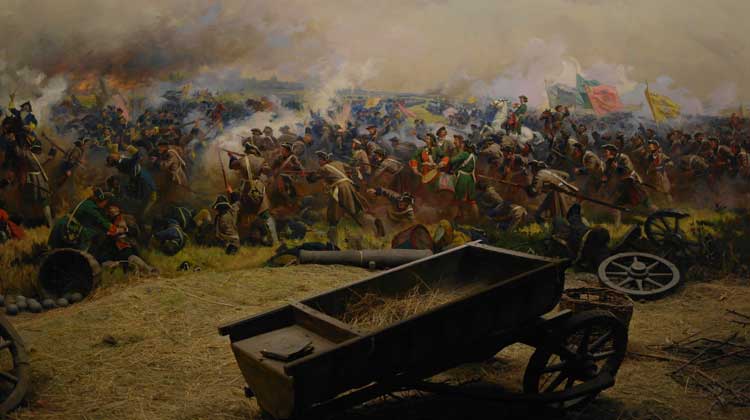From WAR ROOM —Online Journal of the U.S. Army War College
“There is no spoon.”
The 1999 film, The Matrix, held a critical lesson for its protagonist, Neo. One cannot change physical reality; one can change only oneself. The message came from a young boy who was apparently bending spoons telepathically, but as he hands an unbent spoon to Neo, he said, “Do not try to bend the spoon. It’s impossible. … There is no spoon.” For 21st century strategists, a spoon isn’t the object in question; it’s our understanding of the nature of war. If we reimagine the Matrix as a ‘gray zone’ where competitors threaten the United States below the level of armed conflict, then strategists must bend themselves to encompass a new and broader understanding of war’s nature, even though the nature of war does not and has not changed.

If war is fundamentally a violent clash of political wills, we must broaden our understanding of ‘violence’ to properly define 21st century war. Two problems confront us in this task, both reflect a tendency to privilege one part of the definition of violence over the other. One dictionary defines violence as a physical force, from either human activity or from interaction with tangible things, intended to injure, harm, damage, or kill. However, the classic perspectives on war that I learned at the War College – including Thucydides, Clausewitz, Sun Tzu, and many others – all emphasized war as an activity between humans. Weapons and other tangible objects were means to achieve human-defined ends. Cyberattacks and lethal autonomous weapons systems did not exist, but they do today and they raise important questions about the character of war now and into the future.
The second problem is overemphasis on force intended to kill—with only minimal attention on the intent to hurt or damage. The power to hurt, a hallmark of coercion a la Thomas Schelling, is clearly coercive, but war is understood as the realm of brute force. This unwillingness to understand this ‘gray zone’ between the physical and tangible, and harming, damaging, or killing as war, is one our adversaries will continue to exploit until we adjust our thinking and therefore our approach.
Continue reading here.